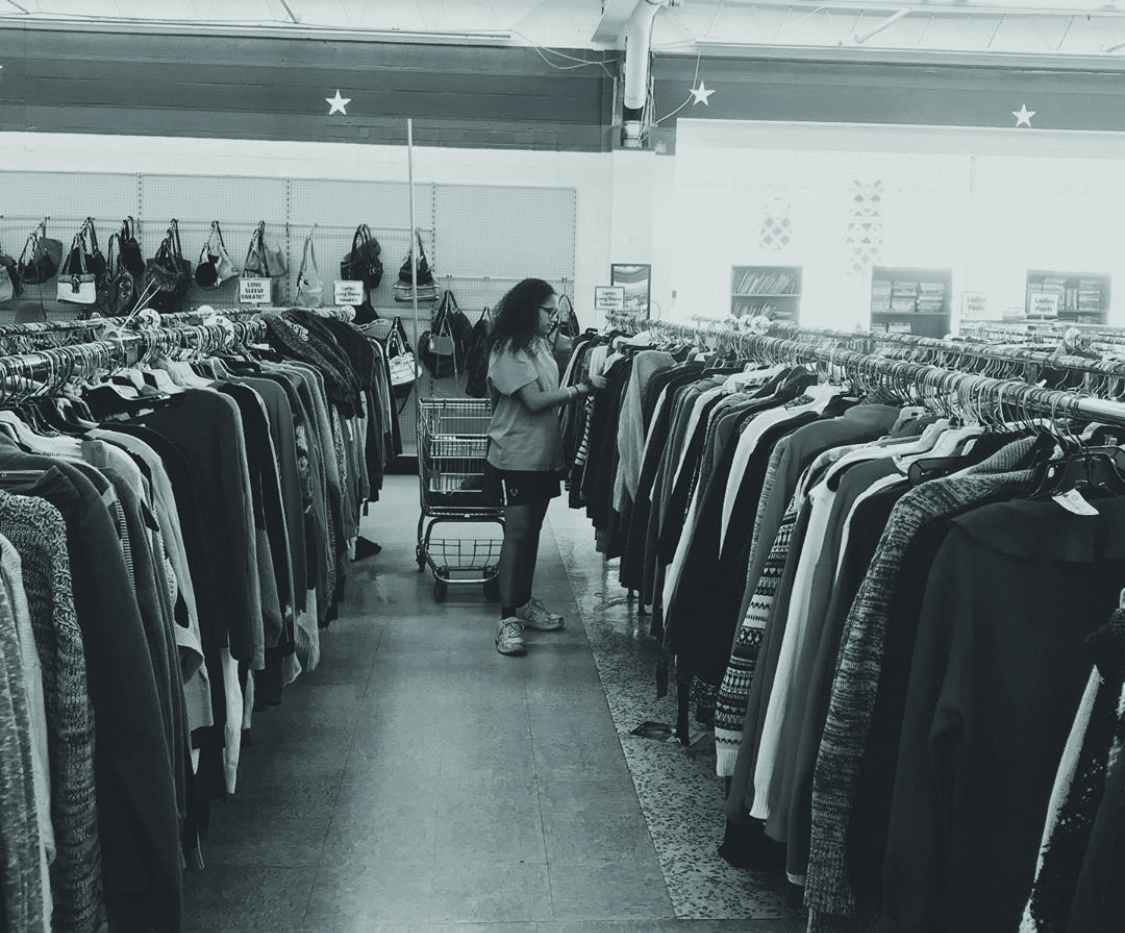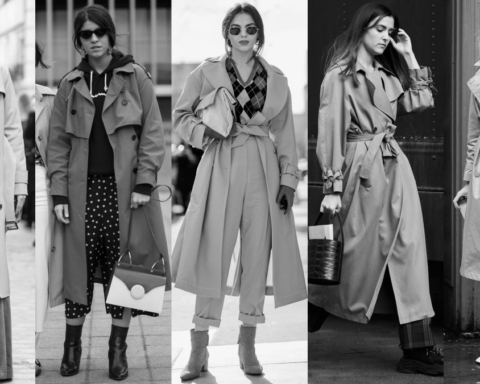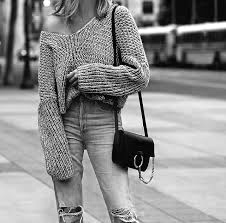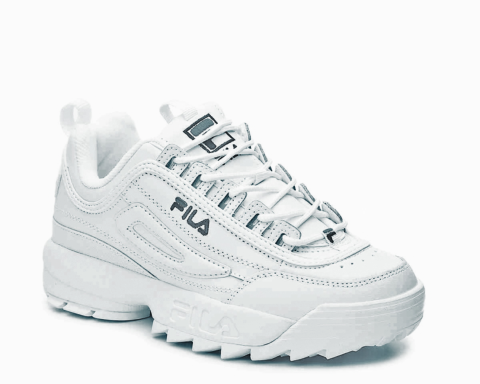By Cammie Dutchess, Managing Editor
Thrift shopping has become increasingly popular with teenagers and young adults the past few years. Instead of heading to the mall on weekends, this generation has directed their time to thrift stores and it is not all because of the prices.
Well, let’s not rule out the cheap price tag, though. The low prices help people with limited financial resources, which in turn, helps stretch out their budget. This is crucial in a time where jobs are scarce due to COVID-19 and people do not have the same leisure money that they are previously used to. Also, with thrift stores’ hundreds of items it is easy to find similar and more affordable t-shirts to the one that was $50 at Urban Outfitters or Pacsun.
Anna Egli, a senior health and science major, said she goes to thrift stores to find her unique style of clothing at reasonable prices.
“Vintage clothing is difficult to come by at the usual run-of-the-mill retail stores,” said Egli. “I go to thrift stores because I can find vintage clothing easily and the affordable prices go hand-in-hand with my small college budget.”
In this time of ecological uncertainty and climate change, young adults are finding new ways to be more environmentally conscious. From limiting single-use plastic and reducing landfill waste by composting, thrifting has become the new wave of environmental friendliness.
Roughly 10.5 million tons of clothing is thrown away every year in America alone. Instead of throwing out old or no-longer-fitting clothes, consider donating them. This not only gives thrift shoppers more options to choose from, but it reduces the waste in landfills that would be there otherwise. This is also giving people the opportunity to repurpose things out of other people’s garbage – like turning jeans into a hand-sewn bag or cutting old t-shirts to create a throw blanket. The possibilities are truly endless.
It may come as a shock, but a pair of jeans takes roughly 1,800 gallons of water to make and the production process generates greenhouse gases that is equivalent to driving 80 miles.
Olivia Boyd, a senior criminology major, said she thrifts to eliminate her contribution to harming the environment and to regulate her intake of fast fashion.
“I thrift because it is better for the environment and cost-effective,” said Boyd. “Thrifting is also better than buying from fast fashion companies because they unnecessarily use hundreds of thousands of resources to make clothing that will be going out of style next week.”
Thrifting is not only for buying clothing either.
Reselling thrifted items is a great way to earn some extra money. People buy thrifted items and sell them on internet sites like eBay and Depop. Say there is a limited-edition shirt that is at the thrift store that retails for roughly $200. Take a quick photo of the shirt, post the photo on one of those sites and wait for the money to roll in from an eager customer. This adds a little change to your wallet in a time where money could be hard to come by.
Thrifting has a myriad of possibilities to save money, help the environment and even earn money. With no downsides, everyone should be yearning to head to the nearest thrift store right now.
jonesdca17@bonaventure.edu






